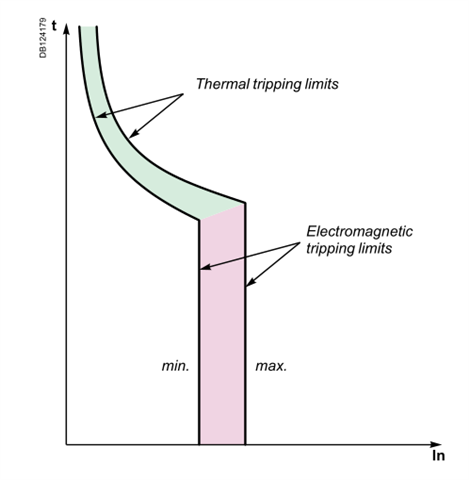Good morning all.
A bit of along shot this one.
Would anyone out there have data on - Maximum permitted Zs values for MCCBs & MCACBs that were fitted in ECC (Electric Construction Company) cubicle boards in the early 1960s?
Many thanks in advance,
CPC

